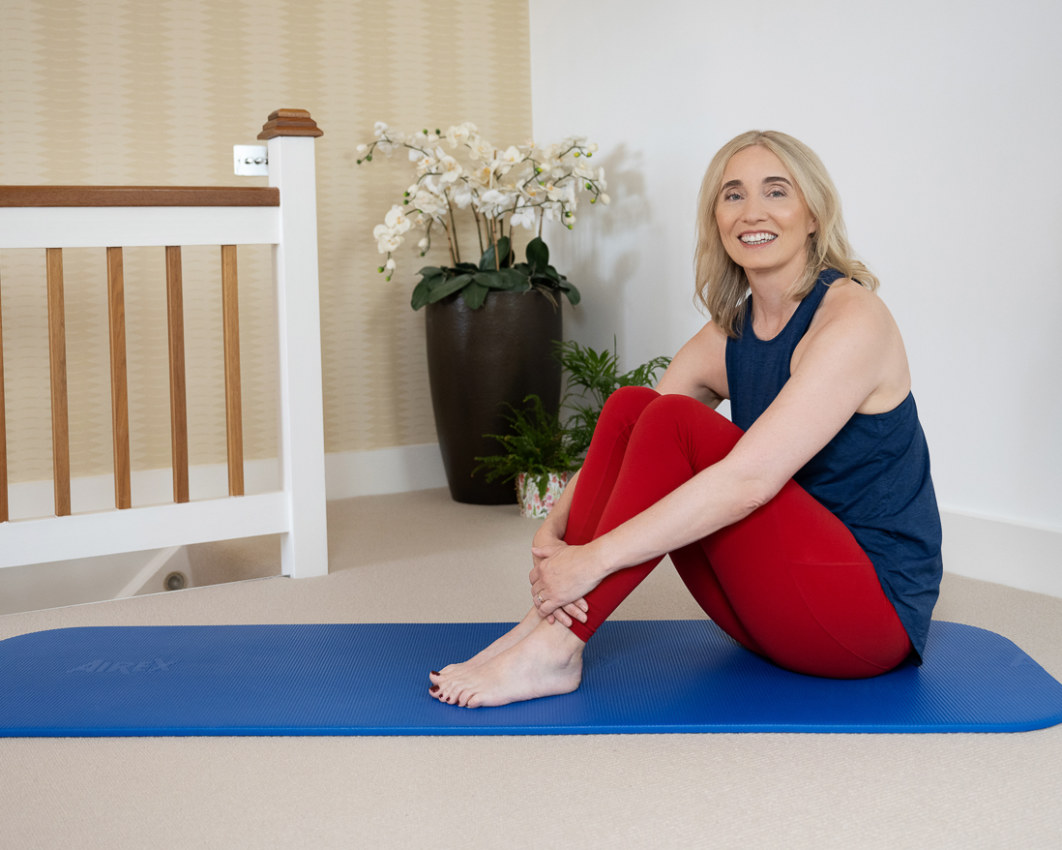Collagen is present in the connective tissues all over the body including ligaments, tendons, joint capsules, fascia, skin, nerves, brain, spinal cord, organs, and blood vessels. This means this condition can affect multiple systems in the body.
People can often present with a range of seemingly unrelated health concerns due to the multi-systemic nature of EDS. This can lead to delays in diagnosis or misdiagnosis.
The main types of Ehlers-Danlos Syndromes explained
There are 13 identified types of EDS. Hypermobile EDS (hEDS) is the most common form of EDS (90% of all EDS) and the only one to not have a gene identified (yet).
The second most common type of EDS is Classical EDS (cEDS) which is characterized by skin hyperextensibility and generalized joint hypermobility. Another more well-known, though rare, type is Vascular EDS (vEDS). This is the most serious form and is associated with arterial and organ rupture.
The other 10 types are quite rare:
- Classical-like EDS (clEDS)
- Cardiac-valvular EDS (cvEDS)
- Arthrochalasia EDS (aEDS)
- Dermatopraxis EDS (dEDS)
- Kyphoscoliotic EDS (kEDS)
- Brittle Cornea Syndrome (BCS)
- Spondylodysplastic EDS (spEDS)
- Musculocontractural EDS (mcEDS)
- Myopathic EDS (mEDS)
- Periodontal EDS (pEDS)
Symptoms of Hypermobile Ehlers-Danlos Syndromes
Broadly speaking, EDS is characterized by joint hypermobility, tissue fragility, and skin hyperextensibility. hEDS can present with a wide range of symptoms and severity, ranging from asymptomatic joint hypermobility to more widespread systemic implications. The symptoms can also vary based on age and gender.
Symptoms can affect the whole body and may include (and are not limited to):
- Joint hypermobility
- Dislocations and/or subluxations
- Joint and muscle pain
- Fatigue
- Easy bruising
- Digestive issues
- Dizziness
- Increased heart rate with standing (Postural Orthostatic Tachycardia – POTS) and other forms of dysautonomia
- Headaches and migraine
- TMJ and dental issues
- Pelvic issues: pelvic floor dysfunction, urinary incontinence, pelvic organ prolapse
- And more
hEDS often occurs regularly as “the trifecta” – many people have not only hEDS but also dysautonomia (such as POTS) and Mast Cell Activation Syndrome (MCAS).
The Zebra Club APP
Hypermobility safe, affordable and effective movement, education and community in the comfort of your own home.
The Zebra Club app is a programme based on the Integral Movement Method. In this programme I will carefully guide you through safe exercises to manage your pain.
Learn moreOr download the App on


Causes and Risk Factors of Hypermobile Ehlers-Danlos Syndromes
While hEDS is a connective tissue disorder, there has not been a gene (or more likely genes) identified as being responsible for hEDS to date. It does have an autosomal dominant pattern of inheritance which means if a parent has hEDS, the child has a 50% chance of inheriting hEDS.
Diagnosing Ehlers-Danlos Syndromes
In 2017 The International Consortium on Ehlers-Danlos Syndrome and related disorders – a panel of EDS experts – came together to create a consensus diagnostic criteria. These criteria were made more stringent than previous criteria in an effort to identify a genetic marker.
To obtain an hEDS diagnosis one must meet all 3 criteria. The first criterion is Generalized Joint Hypermobility which is based on the Beighton Score and historic indicators of hypermobility. The second criterion is having 2 or more of the defined 3 categories of features, including feature B which is a positive family history, and feature C which assesses the presence of chronic pain (pain that occurs for longer than 3 months) or recurrent joint dislocations. Finally, criterion 3 included the exclusion of other diagnoses and other connective tissue disorders or types of EDS.
A note about the Beighton Score:
This tool is used as a screening tool to make an official diagnosis of hEDS. It does not account for hypermobility in other joints that can often be hypermobile like shoulders, neck, jaw, and fingers.
If one does not meet these strict criteria but still has joint hypermobility and many of the same symptoms, they may be diagnosed as having Hypermobility Spectrum Disorder (HSD). There is debate on whether HSD and hEDS are separate conditions, or rather both exist on the same spectrum. Research has shown that hEDS and HSD are indistinguishable from hEDS in severity and body-wide symptoms.

Need some help?
Hi, I’m Jeannie. If you would like to email me directly, click on the contact button and fill out the contact form.
Contact UsManagement and treatment strategies for EDS
While there is no cure for hEDS/HSD, there are so many strategies that can help, many of which are incorporated into The Zebra Club. A multidisciplinary team can be helpful due to the complex nature of EDS. This team might include hypermobility specialists in rheumatology, physiotherapy, movement therapy, occupational therapy, and psychology.
EDS Management strategies can include:
- Address co-occurring conditions (like MCAS and POTS)
- Address Pain Sensitization
- Learn effective breathing patterns
- Learn to release muscle tension
- Learn movement strategies to support your hypermobile body to stabilize joints and improve proprioception
- Psychological support can be helpful in managing anxiety and stress.
- Education and support groups
- The Zebra Club offers education with our monthly live events with EDS experts all saved in our resources section. Plus we have a thriving community with a wealth of collective EDS knowledge. It is important to know you are not alone.
Living with Ehlers-Danlos Syndromes, tips and advice
Here are some of my top tips for thriving Ehlers-Danlos Syndrome:
- Learning to listen to your body – no pushing through pain or discomfort.
- Build an effective, and positive support network like The Zebra Club Community
- Learn to plan ahead if you have activities coming up. Prioritise rest and breaks – rest proactively.
- Gentle exercise if you’re starting out. Exercise needs to be modified to the needs of EDS. You can find out more about this on my YouTube channel and The Zebra Club App
More advice from the The Zebra Club Community
“My advice for living with EDS is this: pacing is important, plan ahead if possible. Putting a flare toolkit together from whatever works for the individual: this can include anything from braces to music. Self-care and being kind to ourselves is also important. Bringing in movement and meditation and keeping the body moving has been key. Last, asking for help – we may find this difficult.”
-Ian, TZC Ambassador and Community Manager
“My top 5 pieces of advice for living with EDS include 1) Putting together a good provider care team, and 2) Putting together your personalized toolbox of symptom management tools, both pharmaceutical and nonpharmaceutical. 3) Find community in person or online. 4) Keep learning more about your condition. 5) Be your own advocate and don’t give up!”
-Bethany, TZC Ambassador
Resources
- Anatomy, Connective Tissue https://www.ncbi.nlm.nih.gov/books/NBK538534/
- Malfait et al, (2017) The 2017 International Classification of the Ehlers-Danlos Syndromes. American Journal of Medical Genetics Part C (Seminars in Medical Genetics)
- EDS Types (https://www.ehlers-danlos.com/eds-types/)
- Tinkle et al, (2017) Hypermobile Ehlers–Danlos syndrome (a.k.a. Ehlers–Danlos syndrome Type III and Ehlers–Danlos syndrome hypermobility type): Clinical description and natural history. American Journal of Medical Genetics Part C (Seminars in Medical Genetics)
- Aubry-Rozier et al, (2021). Are patients with hypermobile Ehlers-Danlos syndrome or hypermobility spectrum disorder so different? Rheumatology International PMID: 34398260










